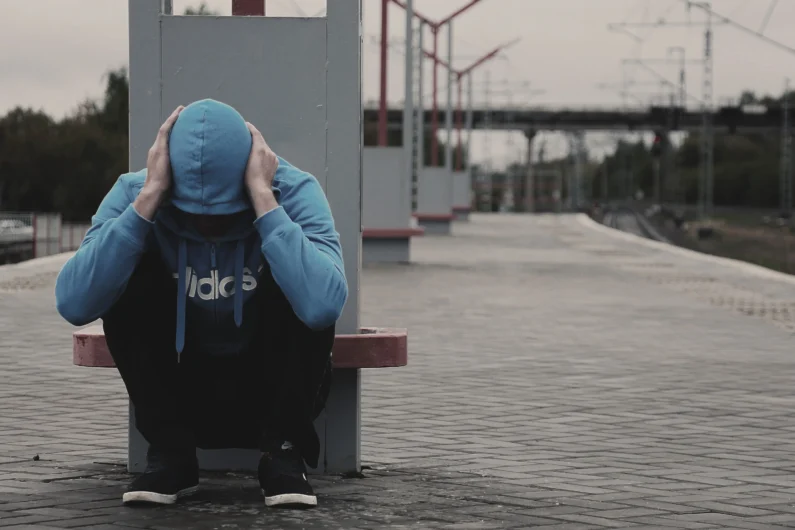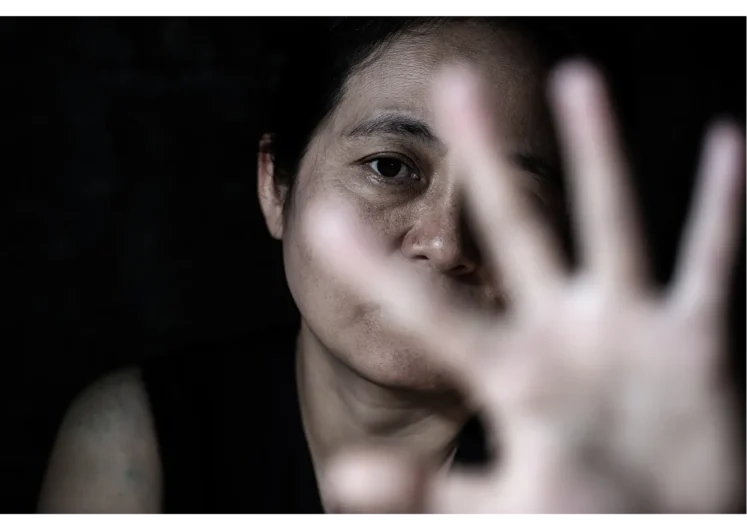How human traffickers work
Offenders subject their victims to exploitation for financial gain. Victims may, for example, be forced to work or sell sex against their will. Offenders will then collect the profits from the victim’s activities, largely or completely for themselves.

However, exploitation for purposes beyond monetary gain may also meet the criteria for trafficking. The offender’s motivation might stem from the act of exploitation itself. Victims could be coerced into unwilling marriages, domestic servitude, sex slavery, or even illegal child adoption.
Traffickers endeavor to ensure that their victims remain silent about their predicament and unable to seek assistance.
Traffickers try to control their victims
It is in the offender’s best interests to place victims in situations where they become reliant on the offender or to perpetuate an existing dependence. This facilitates the offender’s control over the victims while weakening their prospects of breaking free from the offender’s influence.
The dependence of trafficking victims can arise from various factors, such as familial ties, employment relationships, rental agreements, or debts owed to the offender. It can also involve a victim’s dependency on a drug provider due to substance abuse.

The offender may force the victim to a dependant position by threatening to reveal to the authorities the crimes the victim has committed or the victim’s irregular stay in the country.
If the victim is staying in the country legally, the offender may threaten them with the loss of their residence permit, or the offender may deceive the victims into believing that the country’s authorities are bad and violent and cannot be trusted.
The offender will make sure that the victims are not allowed to know about their rights and cannot, or are afraid to, talk to the authorities or others that could offer help.
Forcing into debt, extortion and black magic
To maintain the dependent relationship, the offender may threaten the victims or their loved ones, use physical abuse against the victims or their loved ones, put pressure on or extort the victims or threaten to shame them. For example, the offender may threaten to reveal naked or otherwise sensitive photographs of the victim, or threaten to spread some sensitive information about the victim, to force certain behaviour.

Victims may be told that they have to pay back a debt, which is then used to control them. A debt may result from false or exaggerated travel expenses, house rent, “fines” collected by the offender or drug debts that may have multiplied if not paid back in time. Usually the debt grows into disproportionate amounts. Victims may not know how much money they owe or how much they have already paid back.
Depending on the victim’s background, the offender may have used black magic. For example, the offender may try to control the victim by saying that the victim will die or become mad if the victim does not behave as requested or if the victim talks to outsiders about the situation. This type of pressure has been observed particularly among West African victims.